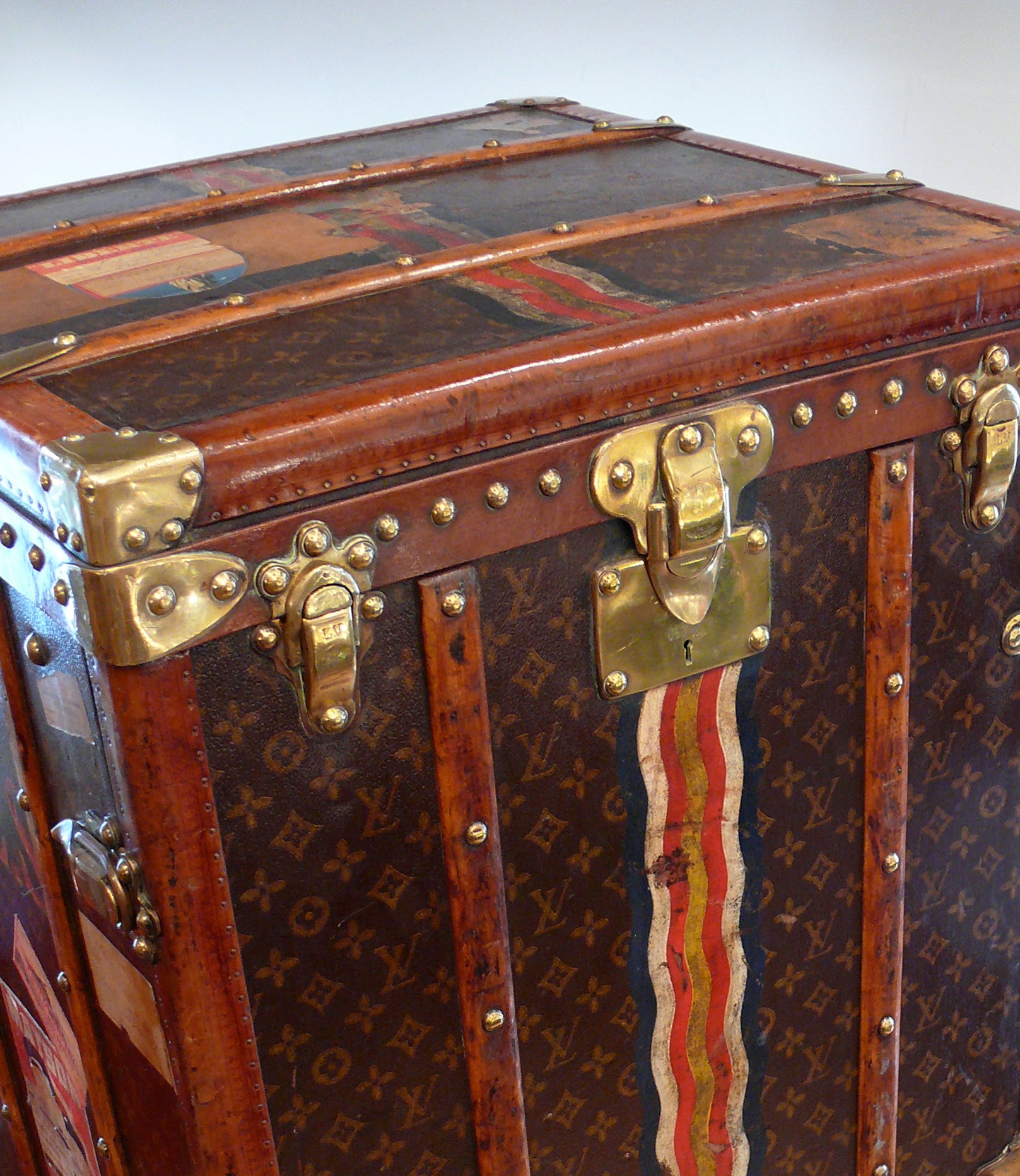

Simon Crompton, editor of Permanent Style and online editor of The Rake magazine:
Truly glamorous travel lasted a few short years. Not until the mid-1930s had the world’s wealthy recovered sufficiently from the great depression to spend serious money on foreign travel; and then all too soon, the merrymaking was halted by the onset of the Second World War.
In those short years, travelling on the Queen Mary or her great French rival the Normandie was the epitome of luxury. Rather like Concorde much later, the glamour was in part derived from the excitement of new-found speed, with the two ships competing for the best average speed to New York – and the coveted Blue Riband. Those two ships dominated the prize between 1935 and 1938.
The difference was that the journey was still four days’ long. So passengers required many varieties of clothing in order to be able to dress appropriately for the various events on board, often changing two or three times a day. And that meant great luggage. A trunk such as this Louis Vuitton example would have been ideal to carry a man’s daywear and evening wear, casual and formal.



It is an unusual piece, though. The standard Vuitton wardrobe had hangers on one side and drawers on the other. This version was likely commissioned to complement a larger set of luggage, allowing more room to hang suits, shirts and jackets. All the hangers were narrow and wooden, as contained here, in order to squash in as much as possible. Linen would have required a good deal of pressing on board.
The trunk itself has a poplar frame, as with all Vuitton trunks of the period, with high-quality brass fittings and canvas facings trimmed in lozine. The Vuitton lozine is compressed fibre board, which is lighter than leather and ages in its own unique way. The stencilled LV monogram would have been painted by hand, as would the distinctive wavy stripe up the outside.
That stripe is another unusual feature, for most identifying Vuitton strips were straight and in just one or two colours. In a way it reflects the trunk’s seabound voyages, and is certainly emblematic of the Art Deco style that found its apotheosis in the interiors of ships like the Queen Mary. It is odd to think that a trunk needed colours like this to enable a porter to identify it amidst all the Vuitton luggage coming off in New York. When would you ever see such excess today?
Travel was never as luxurious again. By the time money was available after the War, aeroplanes were becoming the preferred means of transatlantic travel, and luggage was consequently scaled down and made with lighter materials. It didn’t help that leather was classed as a luxury and taxed at extraordinary levels.
This trunk, then, is an echo of those glamorous few years.




